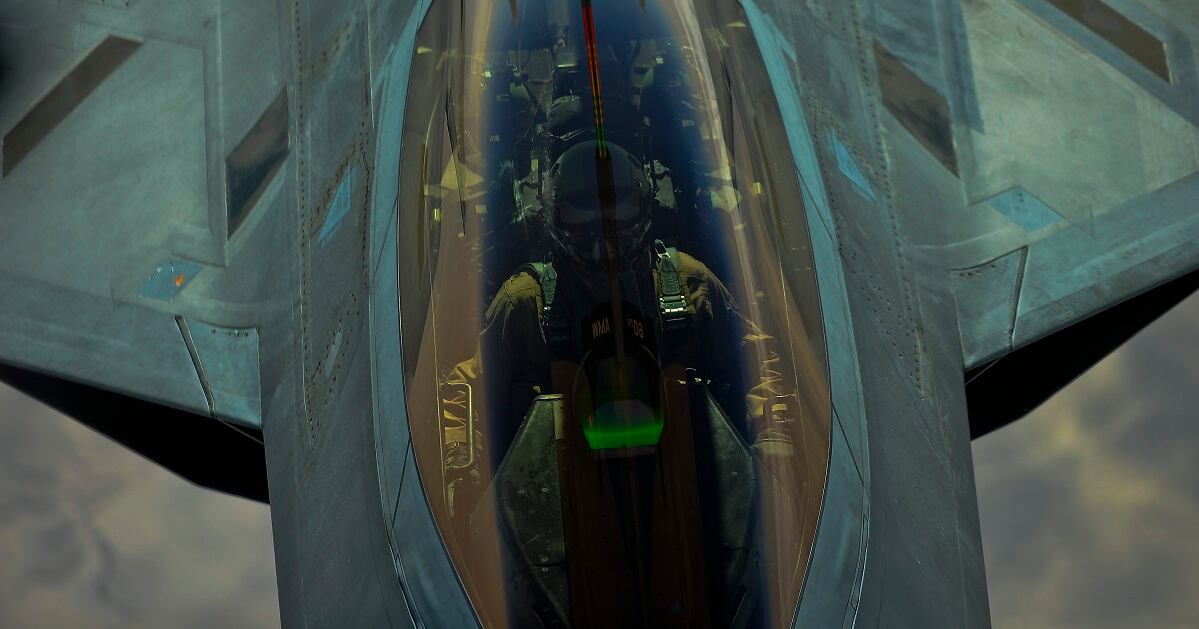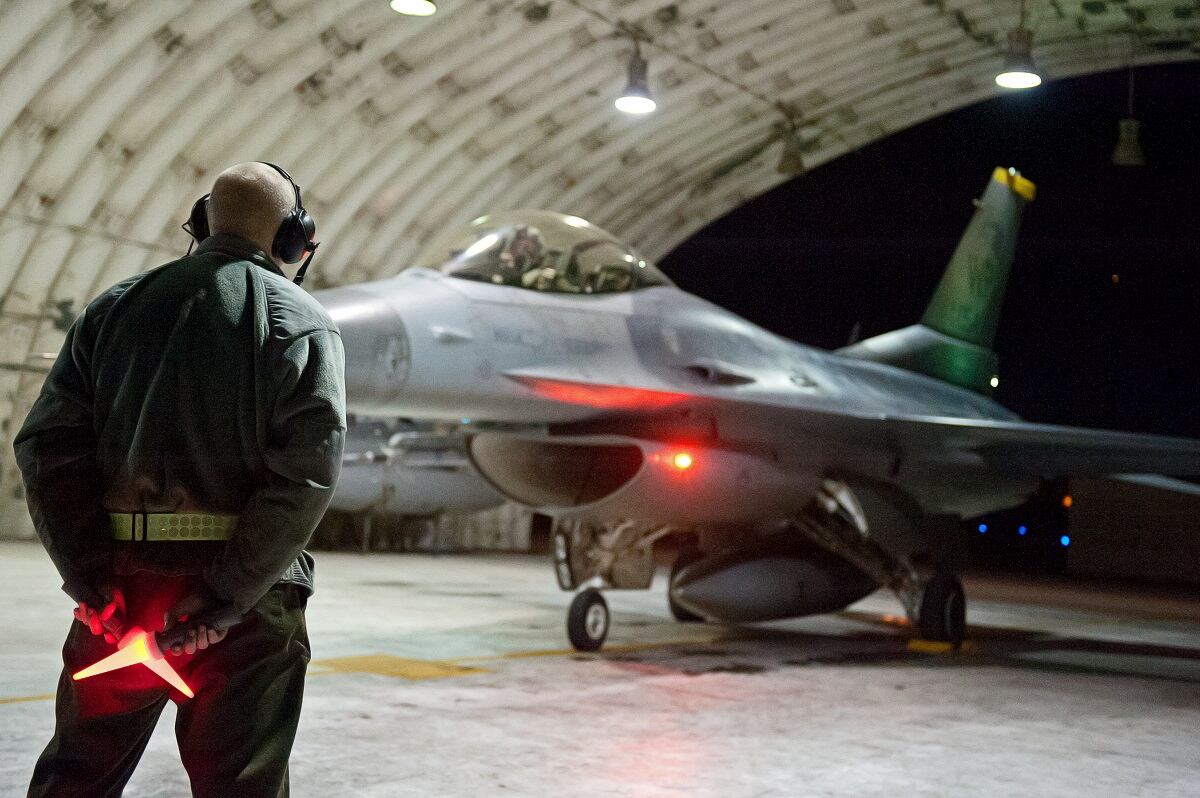Let me put the bottom line up front: America’s Air Force currently has 312 operational squadrons. The problem is they need 386.
The Air Force goes to war with squadrons. Operational squadrons represent the core fighting unit while service support, sustainment and agile combat support squadrons provide support. Secretary of the Air Force Heather Wilson described operational squadrons as the “clinched fists of American resolve,” that punch from a body of critical and solid support.
The good news is that today we can whip any other air force on the planet.
As Air Force Chief of Staff Gen. Dave Goldfein said: “Today we are the best Air Force in the world, and our adversaries know it. However, they have been studying our way of war and investing in ways to take away those advantages. This is about how we stay in front.”
The bad news is that our adversaries are determined to knock us off the top of the hill. The worse new is that if we don’t do something soon, they may very well succeed.
I was captain of my high school football team, and we were really good. If someone wanted to know how good we were, they could simply ask any player on the team and we would gladly brag on our accomplishments. We entered the championship game undefeated and, in hindsight, over confident. To be blunt, we got our clock cleaned. On paper, we had the best offense and best defense in the conference; yet, we suffered an embarrassing loss.
RELATED

Later that night, a friend from the opposing team called me. He told me they spent hours studying our team on film. They knew our tendencies, our strengths and, most important, our vulnerabilities. They calculated that even though our individual players were better, our numbers were few. In fact, nearly everyone on our team played on offense, defense and special teams. On the other hand, our opponents generally played single positions and were rested and fresh. They calculated that they could win a game of attrition; that calculation turned out to be right.
Our potential allies have spent years studying the U.S. joint war-fighting playbook. They are impressed with our people, training, tactics and equipment. They hear us repeat over and over again that we are the best, but they recognize if we ever meet on the battlefield, they will have to deal with us. So they are constantly analyzing our tendencies, strengths and, most important, our vulnerabilities. Unfortunately, a glaring vulnerability of the world’s greatest air force is it is too small for its multiple assigned missions.
Let’s talk numbers. When I entered the Air Force, active-duty strength alone was 754,000 personnel, and we roughly had 96 fighter squadrons. Fast forward to 1990 when the U.S. fought Operation Desert Storm. At the time, the Air Force had 134 fighter squadrons and they deployed 32 forward.
Now let’s look at where we are today: The Air Force has 54 fighter squadrons, and that includes active duty, Guard and Reserve. Active-duty end strength is 325,100, a 57 percent decrease from when I first enlisted. For brevity, I omitted similar decreases for other Air Force weapon systems that we have far too few. Airmen that lead operational squadrons are the best in the world; however, with numbers like these, even they can’t be in two places at the same time.
Why should we all gasp at those numbers? During the Air Force Association’s Air, Space & Cyber Conference in September, Secretary Wilson said: “Less than a week ago, Russia began the largest exercise on Russian soil in four decades … with more than 300,000 troops and 1,000 aircraft. On the other side of the world, China’s first aircraft carrier was declared combat ready this year and promptly sailed into the Pacific to conduct flight operations. China has militarized islands in the South China Sea, and now all of Southeast Asia is within reach of its long-range bombers. Part of President Xi [Jinping]’s plan is for China to be a top-ranked military by 2050, and President Xi is no longer bound by term limits on his presidency.”
There are many other hot spots around the world, including North Korea, Iran and the fight against terrorist organizations in various locations. The U.S. Air Force is America’s first-in, last-out force. From space assets to airlift to fighters to bombers to airborne intelligence to command and control to maintaining more than two thirds of the U.S. nuclear arsenal, America’s Air Force cannot afford to come up short. Our nation’s Air Force needs 386 operational squadrons to remain the pre-eminent Air Force in the world.
Retired Gen. Larry Spencer is president of the Air Force Association. He previously served as vice chief of the U.S. Air Force; the Joint Staff’s director for force structure, resources and assessments; and the Air Force’s deputy assistant secretary for budget.









